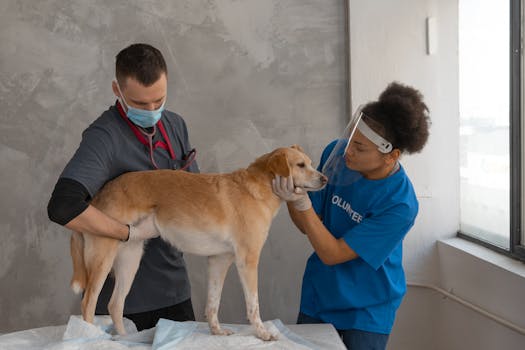Dog With a Bad Tooth? Save Your Pooch's Smile!
Dental health is a major oversight in the care routine of many pet owners, largely because the signs are subtle and can easily be mistaken for other issues. But let’s get this straight: ignoring a bad tooth can lead to a cascade of health problems for your dog, not just bad breath but also heart and kidney diseases. It’s more than just an aesthetic issue—it’s a ticking time bomb in their overall health.
First things first, how do you tell if your dog has a bad tooth? Look out for signs like reluctance to eat hard foods, pawing at the face or mouth, drooling more than usual, and, of course, the dreaded bad breath. If you notice any of these signs, it’s time to act, not tomorrow, not after you finish that last episode you’ve been binging—now.
But what can you do? The most straightforward answer is a visit to the vet. Yes, it might pinch your wallet, but think of it as an investment in your dog’s health and happiness. Your vet can perform a thorough check-up, confirm the diagnosis, and possibly suggest a professional cleaning or even extraction if the situation calls for it. It’s not just about pulling out a troublesome tooth; it’s about saving the rest of them, and more importantly, saving your pooch’s smile and wellbeing.
Preventative care is where you can really make a difference. Start with the basics: brushing your dog's teeth. If you’re imagining a wrestling match just to get a toothbrush near their mouth, you’re not alone. The trick is to ease into it. Let your dog sniff and lick the toothbrush and toothpaste (make sure it’s dog-friendly!) and gradually work your way up to brushing a few teeth. Celebrate small victories; even a few brushed teeth are better than none.
Chew toys are not just playthings; they are tools in the war against plaque. Invest in good quality dental chews and toys that help scrape away plaque as your dog chews. Think of them as the fun toothbrush your dog will actually want to use.
Diet plays a role too. Soft, sticky foods can contribute to plaque buildup, whereas harder, crunchier foods can help keep teeth clean. Discuss with your vet the best diet for dental health, which can sometimes include special dental diets designed to reduce plaque and tartar buildup.
Finally, don’t underestimate the power of regular vet check-ups. Vets can spot signs of dental distress early, which can mean the difference between a simple cleaning and a more invasive procedure like an extraction. Regular check-ups ensure that your dog’s pearly whites stay that way and that a bad tooth is caught before it becomes a nightmare.
So, let's wrap this up: if you love your dog (and I know you do), make their dental health a priority. It's not just about avoiding stinky kisses; it's about keeping them healthy and happy. You’re not just saving a tooth; you’re saving a life. And believe me, the gratitude you’ll see in those bright, pain-free eyes will be worth every effort.














